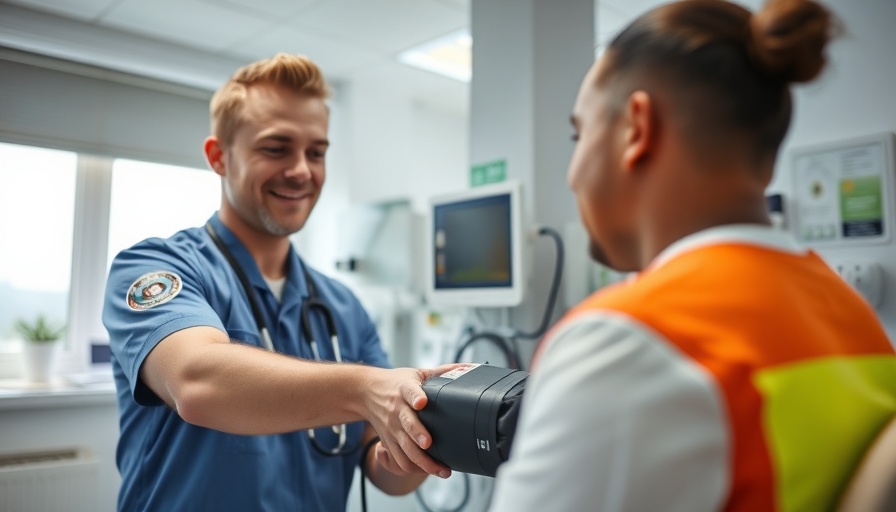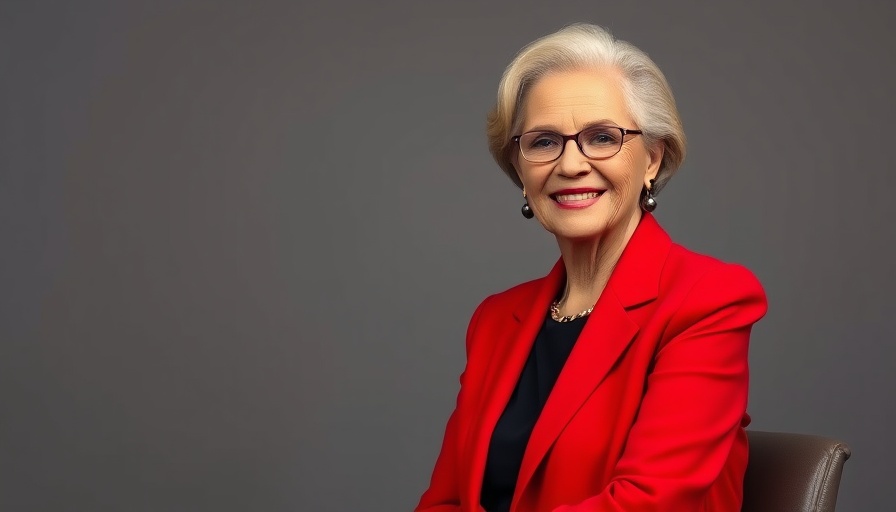
Revolutionizing Emergency Response: The Community Paramedicine Program
The City of Sandy Springs is taking a bold step forward in healthcare innovation by launching a new Community Paramedicine Program. This initiative aims to alleviate the strain on emergency medical services by extending care beyond traditional 911 responses. With an increasing demand for healthcare access, particularly among vulnerable populations, the program seeks to reduce unnecessary hospital visits and 911 calls while providing preventative and ongoing care.
Leadership and Expertise Behind the Program
Paul Long, who boasts over 25 years of experience in the field, is taking the helm of this pioneering program. As an IBSC board-certified Community Paramedic—a title held by only a few in Georgia—Long is well-equipped to address a wide array of healthcare needs. His role will be critical in managing chronic diseases, conducting wellness checks, and facilitating medication management, especially for those at high risk of requiring emergency services.
Integrating Innovative Solutions: Telehealth and Beyond
Integral to the program's success is the collaboration with RightSite, a telehealth service that the city launched previously. This integration allows Community Paramedics to provide more efficient care for patients calling 911 with non-acute medical issues. By synthesizing the capabilities of telehealth with on-the-ground healthcare, Sandy Springs is positioning itself at the forefront of emergency medical service evolution.
The Impact on the Community: Addressing Healthcare Accessibility
One of the fundamental goals of this initiative is to improve healthcare access for individuals with limited resources. In many cases, those most affected by healthcare gaps are the very people who frequently rely on emergency services. By proactively addressing their needs, the Community Paramedicine Program aims to mitigate emergency situations before they escalate.
Statistics and Future Predictions: A Promising Path Forward
According to city officials, the demand for emergency services in urban settings has been rising, exacerbated by growing populations and healthcare accessibility issues. A successful implementation of this program could serve as a model for other cities facing similar challenges. As healthcare continues to evolve in the U.S., community paramedicine might emerge as a standard practice that could reshape the landscape of emergency response and preventive care.
Emotional and Human Interest: The Faces Behind the Statistics
This initiative is not just a statistical endeavor; it's about the lives it will impact. Consider the story of a single mother who has to choose between her children’s healthcare needs and her job. The Community Paramedicine Program promises to alleviate such dilemmas by ensuring that help is not only available but also accessible, thereby allowing families to focus on their well-being rather than navigating complex healthcare hurdles.
What This Means for the Future of Community Health
As more cities explore similar paramedicine models, it raises important questions about the future of healthcare in urban areas. Will programs like these challenge the status quo of emergency response? Will they inspire legislative backing and funding, influencing bipartisan support? As we watch Sandy Springs embark on this journey, it becomes clear that successful implementation could pave the way for systemic change in our approach to community health.
In conclusion, the Community Paramedicine Program in Sandy Springs represents not just a local initiative, but a potential paradigm shift in emergency medical services. The proactive approach to healthcare access, combined with innovative telehealth integration, may not only alleviate pressure on emergency resources but redefine how communities engage with their healthcare systems. For professionals and policymakers, this program offers valuable insights into addressing ongoing healthcare challenges effectively.
As this initiative unfolds, health professionals, lawmakers, and community members must remain engaged to ensure its success. Together, they can work towards enhancing emergency health response and improving the quality of life for all residents. Whether you're involved in healthcare, policy, or simply care about community wellness, the implications of such programs extend far beyond local boundaries.
 Add Row
Add Row  Add
Add 




Write A Comment